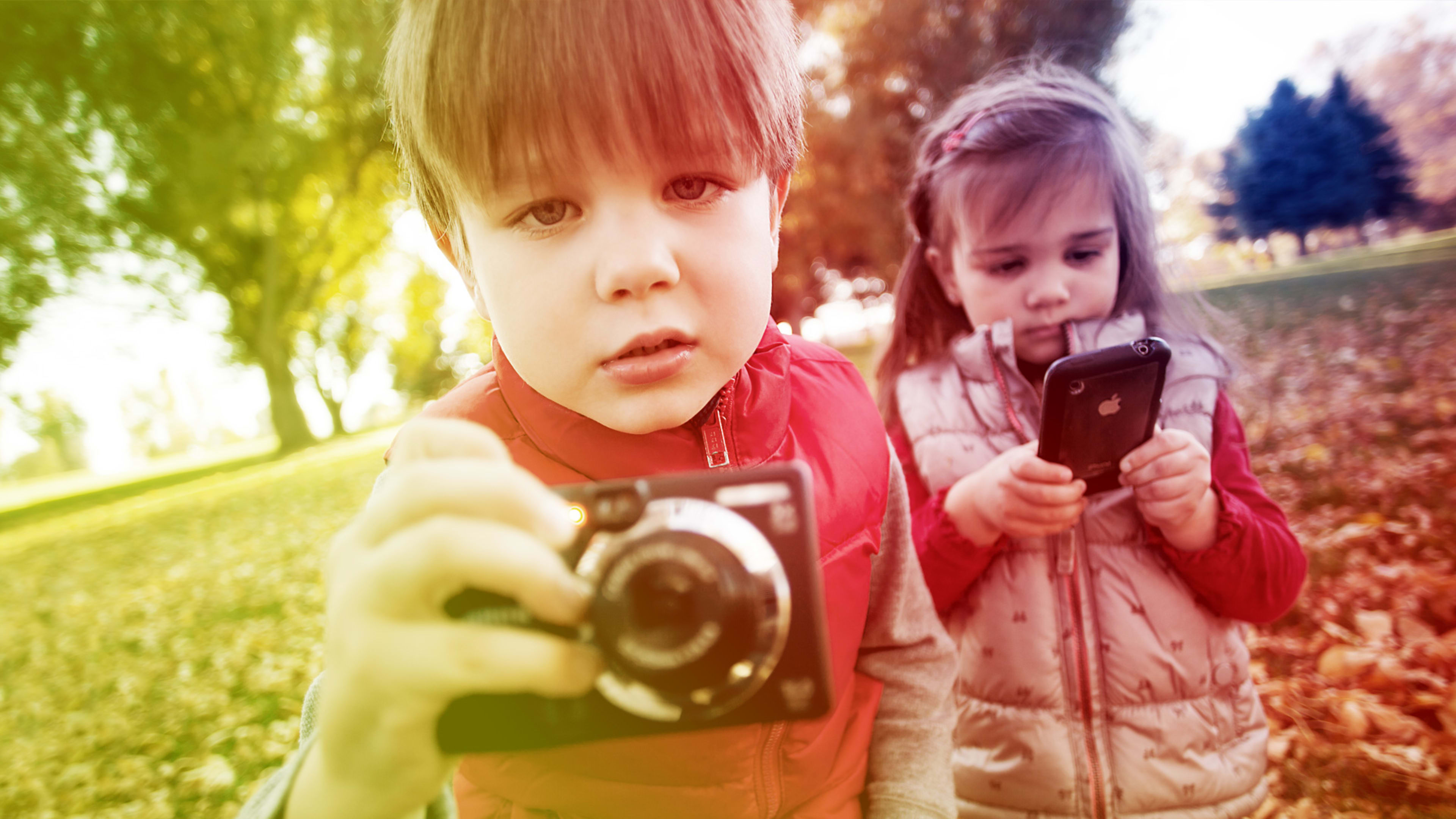Google has long been trying to blur the line between YouTube and TV. And while its investment in original programming has yet to yield any Netflix-sized successes, YouTube is in this fight for the long haul. The next battleground? Your kids’ attention spans.
YouTube Kids is an Android app launching next week, according to the Wall Street Journal. The app does exactly what its name suggests: It walls off the service’s kid-friendly content into a single container devoid of grown-up fare and “accidental” searches for inappropriate video.
If you’ve ever seen a 4-year-old’s face transfixed onto the screen of a tablet or smartphone, you know why Google is aiming in this direction. By more formally focusing on content for kids and alleviating parents’ concerns about what the little ones might be watching, YouTube is further solidifying its place in the viewing habits of consumers while they’re good and young.
YouTube CEO Susan Wojcicki is no stranger to the impact YouTube is already having on children, as noted in our August 2014 feature on the Google subsidiary:
Wojcicki’s eyes light up when she talks about how Disney’s animated megahit Frozen played out on YouTube for months after the film’s release. “The Frozen videos have been viewed, like, 1.4 billion times,” she says. “My children, for example, listened to Frozen on YouTube all day. They listened to the official songs. They listened to them in Chinese. They want to see kids their age singing the songs. They like to see a different rendition done by another famous singer.”
Of course, a crucial component of YouTube’s quest to capture TV’s future relies as much on content owners as it does on viewers. In the case of the explosion of Disney’s Frozen, YouTube lucked out:
The Frozen phenomenon happened organically, and Disney supported it rather than squelching what are obviously infringing uses of its property. “They let the covers stay up, which was really important,” Wojcicki says. “It’s kept the content fresh and alive, and that must have been significant in driving more awareness, more interest. My kids are watching all those Frozen videos, so they want Frozen books. They wanna go again.”
If you think teenagers today habitually turn to sources like YouTube and Netflix for video content, just wait until today’s toddlers are in high school. An episodic video series that requires you to subscribe to cable and wait a week to watch it? Never heard of such a thing. As these kids come of age, the YouTube brand will be increasingly synonymous with what most of us today think of as “television.” If YouTube has its way, that line will eventually disappear entirely.
There’s no word yet on exactly how the kid-focused app will be monetized, but video ads are said to be “under discussion.” Considering the fact that YouTube is paying for exclusive kids-only content, this is a piece of the puzzle they’ll have to figure out in due time.
Like the “Just For Kids” section launched by Netflix in 2011, YouTube Kids simply pares down the existing content on YouTube and crams it into a simplified user interface. The key difference is that YouTube Kids is a stand-alone app, which, unfortunately for Apple customers, won’t be available on iOS at launch. Presumably the app will make its way to iPads and iPhones once it’s proven itself viable among Android users.
Recognize your brand’s excellence by applying to this year’s Brands That Matter Awards before the early-rate deadline, May 3.
